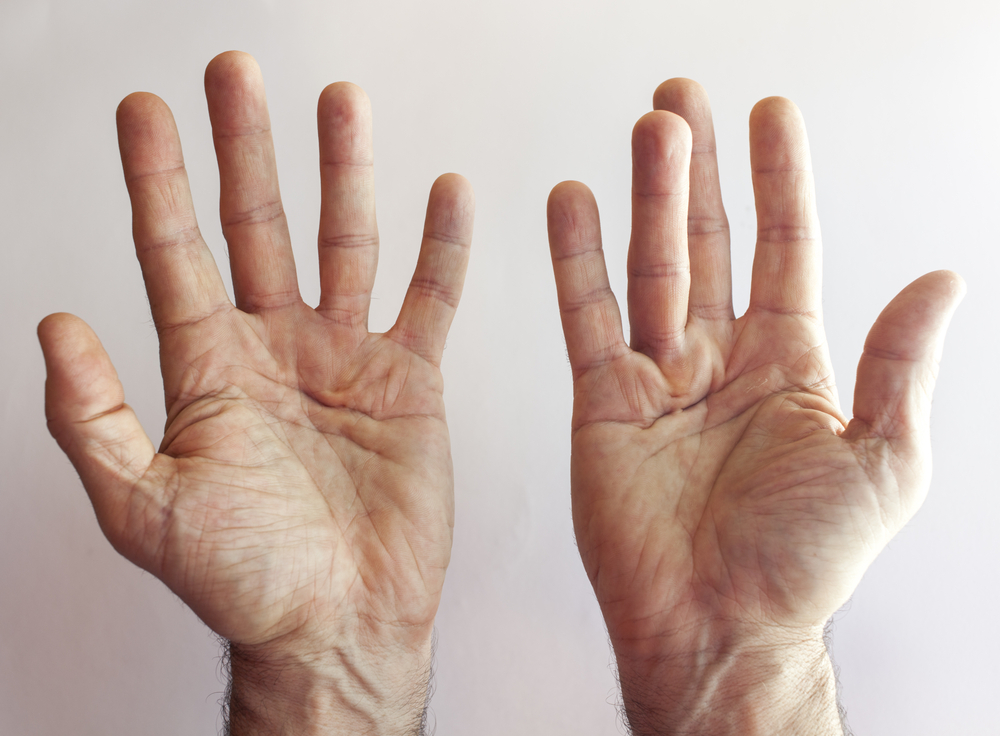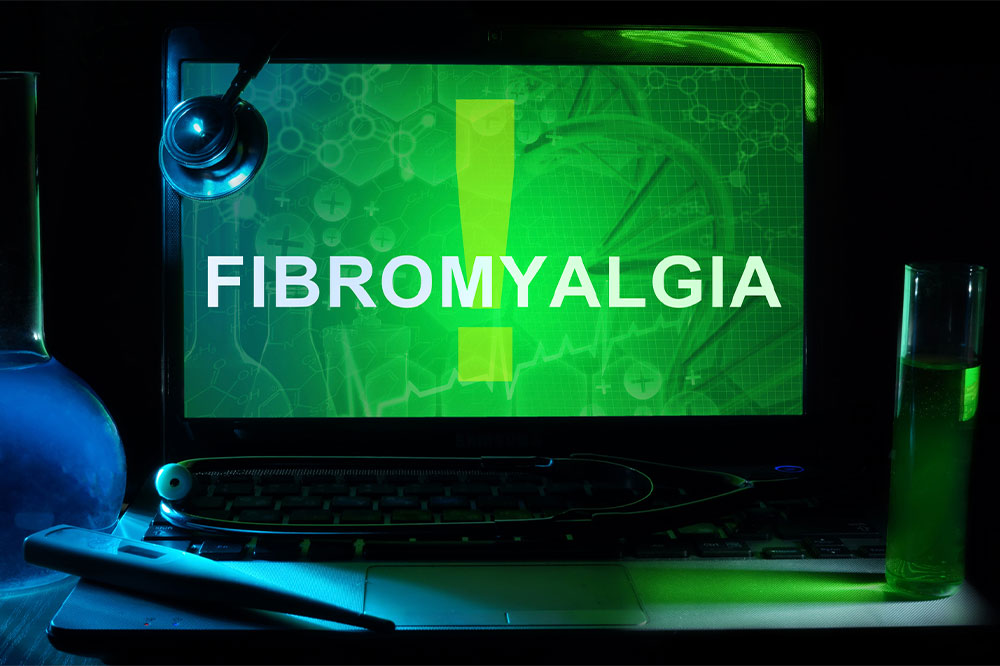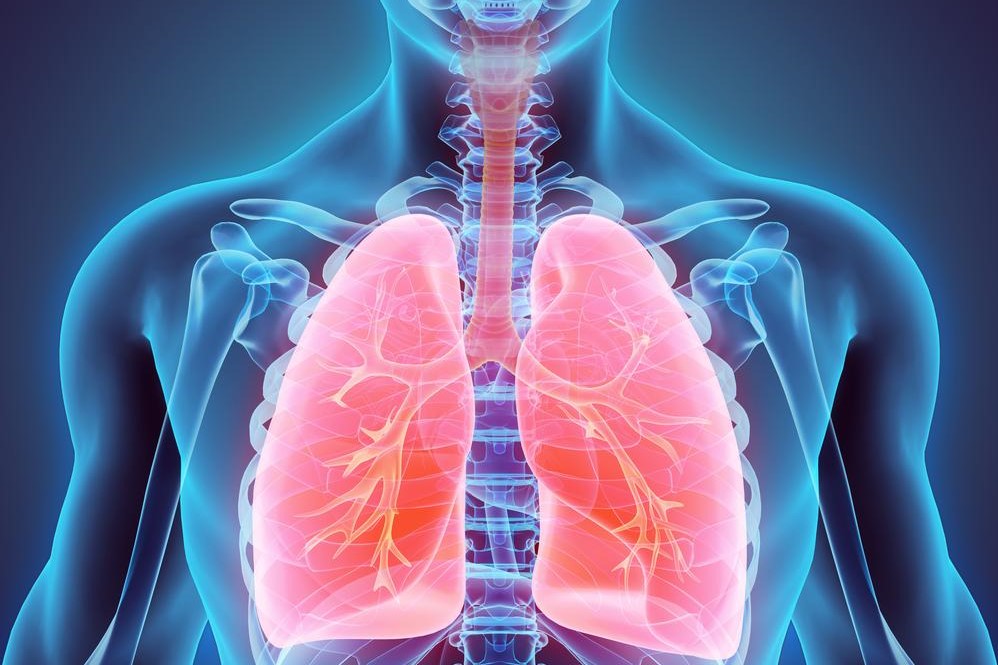Understanding Dupuytren’s Contracture: Symptoms and Treatment Options
Learn about Dupuytren’s contracture, a hand condition that causes finger bending due to tissue tightening. Discover its symptoms, diagnosis, and treatment options including non-invasive procedures and surgery, helping patients seek timely care to preserve hand mobility effectively.

Overview of Dupuytren’s Contracture and Available Therapies
Dupuytren’s contracture is a condition that causes the hand’s palm tissue to thicken and tighten, leading to bent fingers. Despite its prevalence, many are unfamiliar with its specifics. Recognizing early signs, such as small lumps or tightened bands in the palm, is crucial for timely intervention. The disease mainly affects the ring and pinky fingers and is often symmetrical. Diagnosis typically involves a physical exam, with treatment options ranging from minimal invasive procedures like needling and enzyme injections to surgical removal of affected tissue for permanent relief. Consulting a specialist promptly can prevent loss of finger mobility.
The disease involves thickening of the fascia beneath the skin in the palm, pulling the fingers inward.
Early symptoms may include firm nodules and cords that gradually cause finger bending.
Diagnosed through a physical examination, usually without additional tests.
Treatment varies based on severity, starting with conservative options and progressing to surgery if necessary.
Early diagnosis and tailored treatment are key to managing Dupuytren’s contracture effectively, restoring hand function and quality of life.










